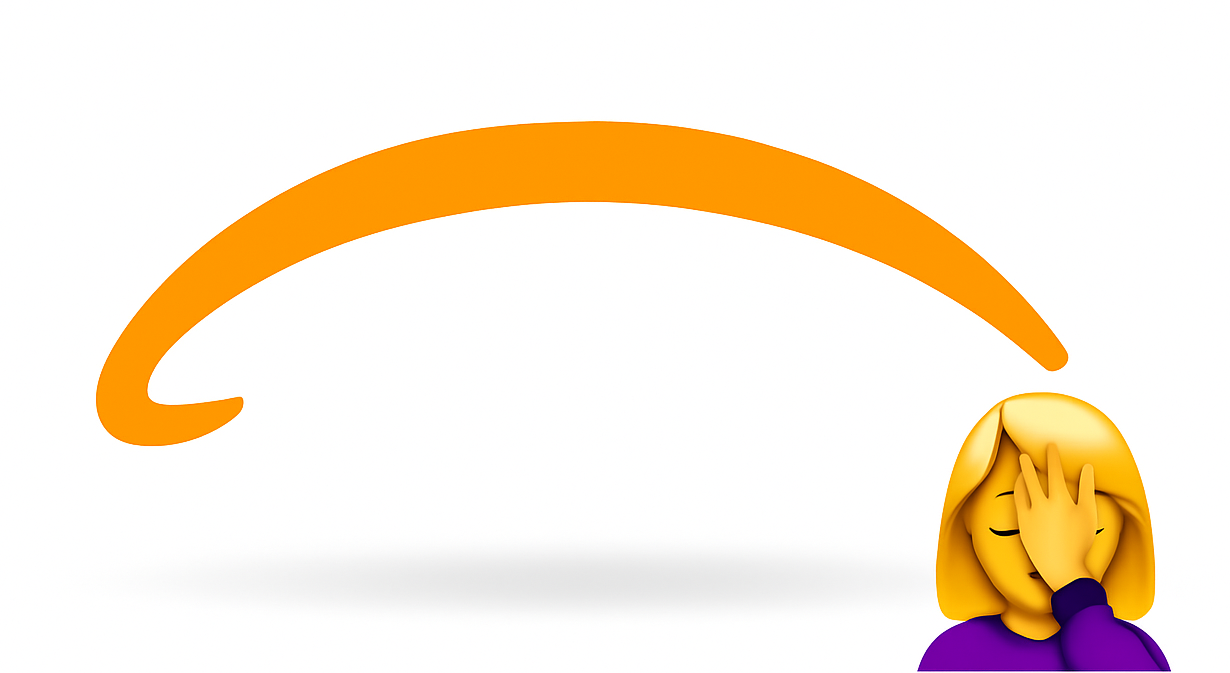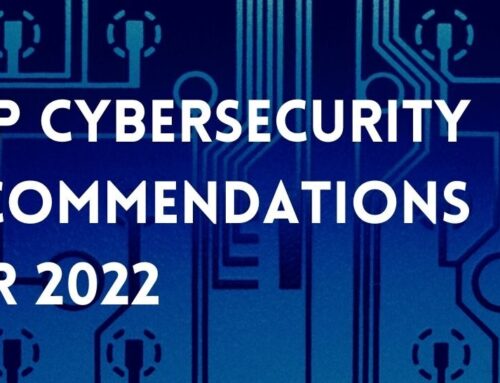The Cloud Isn’t Bulletproof: Lessons from Monday’s AWS Meltdown
Coffee. Monday morning. Slack won’t load.
If that was your October 20th experience, you weren’t alone. An AWS outage took down hundreds of websites and apps for over two hours, affecting everything from Slack and Snapchat to UK banking services. For businesses relying on cloud infrastructure, it was an expensive wake-up call.
What Went Down
Around 7:55 AM UTC, AWS’s Northern Virginia data center (US-EAST-1) experienced DNS resolution issues with DynamoDB—essentially, the internet’s phone book stopped working, and nobody could find anybody else. The result? Cascading failures across platforms that millions of users depend on daily.
By 9:22 AM UTC, services started recovering, and by 3:01 PM PDT, AWS declared everything back to normal. But for those critical hours, businesses lost productivity, revenue, and in some cases, customer trust.
Why This Keeps Happening
Here’s the uncomfortable truth: US-EAST-1 has had outages in 2021, 2020, and now 2025. It’s AWS’s oldest and largest data center—and it’s the default region for many AWS services. If your IT team went with default settings, you’re probably more vulnerable than you think. The broader issue isn’t just about AWS. It’s about single points of failure anywhere in your infrastructure. When everything depends on one thing, one failure breaks everything.
Getting Ahead of the Next One
Because there will be a next one. Here’s how to prepare:
1. Multi-Region Redundancy
Don’t keep all your resources in one data center. Yes, it costs more. But when US-EAST-1 goes dark, your business keeps running.
2. Hybrid Solutions
Mix cloud services with on-premise infrastructure. If one fails, the other picks up the slack.
3. Actually Test Your Disaster Recovery Plan
When’s the last time you actually tested it? Not reviewed it in a meeting—tested it? Quarterly DR drills reveal gaps before they become crises.
4. Real-Time Monitoring
Early detection means your IT team knows about problems before your customers do. That head start is everything.
5. Communication Backup Plans
If Slack is down, does your team know where to go next? Have backup channels and customer communication templates ready.
The Upward Difference
At Upward Technology, we’ve been helping SMBs build resilient IT infrastructure since 2007. As a Managed Service Provider and Cybersecurity consultancy, we bring:
-24/7/365 support across six time zones
-Azure & Cloud expertise (Gold certified across Microsoft 365, Azure, and more)
-Strategic planning that prevents fires instead of just putting them out
-Partnership-first approach that’s actually empathetic and easy to work with
-We believe in dominating the details and being relentlessly accountable—especially when those details determine whether your business stays online during the next outage
Don’t Wait for the Next Outage
The businesses that weather these storms best aren’t the ones with the biggest budgets. They’re the ones with smart planning, robust redundancy, and expert partners who help them stay ahead of problems.
At Upward Technology, we’ve spent decades helping SMBs across six time zones build resilient IT infrastructure. Let us know if you would like to have a conversation about how to increase the resilience of your infrastructure.







Leave A Comment